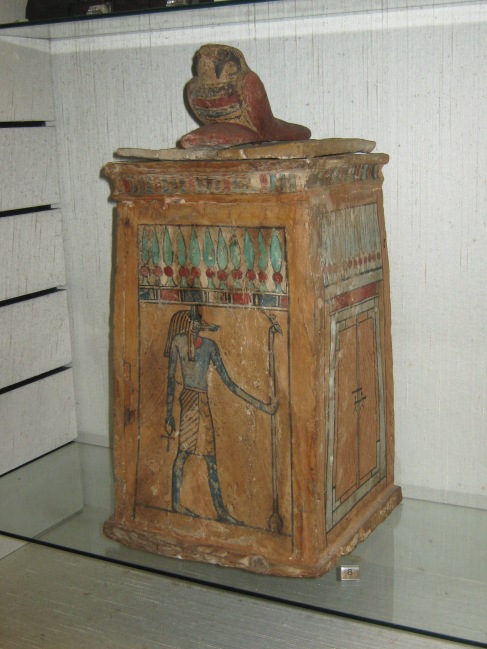British: Born and Bred is the title of a new session that we’re running for Key Stage 3 and 4 students to accompany our fantastic new temporary exhibition, Breed: The British and their Dogs.
The exhibition opens on Saturday 6th October and explores the links between historic concepts of Britishness and ‘man’s best friend’: the dog. It highlights six different pedigree breeds that all have unique connections to British culture. The exhibition has been developed with The University of Manchester’s Centre for the History of Science, Technology and Medicine.
British: Born and Bred is a 1.5hr session that will encourage students to engage with the exhibition and explore the concept of what it means to be ‘British’ and how dogs have grown to be a symbol for this, and many other things. The six pedigree dogs included in the exhibition content range from the Bulldog (so often referred to as the ‘British bulldog’) to the Collie (a standard sterotype for the British Countryside) and even feature the Borzoi (a Russian breed that became a favourite of the Royal Family).
Students will be able to investigate the links each breed has with British history and culture using the various source material in the exhibition. By the end of the session they should have a better understanding of how the concept of Britishness developed throughout Victorian and Edwarding times and the effect this has on values and attitudes today.
It’s a brilliant opportunity to interest students in the subject of History through a unique topic area, demonstrating how historical research can cross over into multiple disciplines and inform us about a concept still relevant today.
For more information on this session, please contact Cat Lumb, Humanities Secondary and Post-16 Co-ordinator.



































